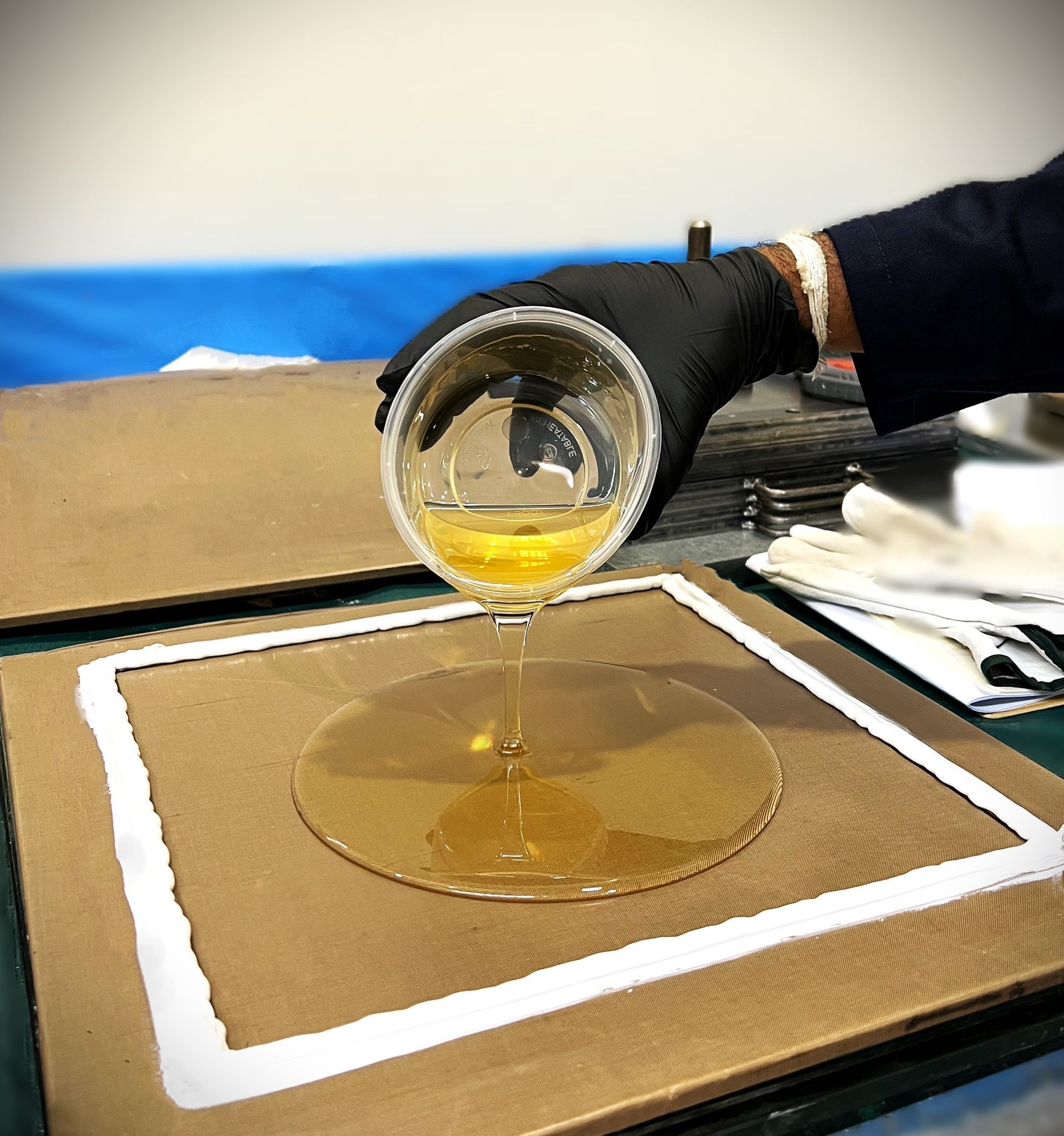10 Questions with Neda Bozorgi
Our PhDs are playing a significant role within our program, and in the broader industry.
Neda is a PhD Student with ACM CRC Partner, University of Southern Queensland (UniSQ), before which she was working as a Structural Design Engineer at Mines & Metal Technological Engineering (MMTE).
Neda received her Master of Science (MS) in Structural Engineering at the Sharif University of Technology, Iran. Her PhD research continues to focus on structural engineering, during which she has been developing and characterising bio-based composites, and investigating a novel resin system for sustainable composites.
Her main goal is to find innovative solutions for advancing sustainable materials.
Q1. Under which ACM CRC Research Program does your PhD project sit?
My PhD project falls under the
Research Program 1: High Performance Composites. It focuses on developing a novel bio-epoxy resin as a sustainable alternative to conventional petroleum-based resins used in manufacturing fibre-reinforced polymer composites.
Q2. What is the focus of your PhD?
My PhD research focuses on developing and optimising a novel bio-epoxy resin formulation suitable for use in high performance composites, with the goal of replacing conventional petroleum-based resins. The project aims to enhance the mechanical and thermomechanical properties of the bio-epoxy to ensure its compatibility with the pultrusion manufacturing process. A key aspect of the research is to introduce engineering strategies that improve the performance and long-term durability of the resulting bio-based composites, contributing to more sustainable construction materials.
Q3. When did you become interested in this field?
My interest in this field began during my master’s degree, where I studied the use of FRP composite laminates for strengthening concrete bridges. Exploring the wide range of applications of fibre composites – known for their high strength and durability – sparked my enthusiasm, as I saw their potential to revolutionise traditional construction practices with more innovative and sustainable solutions.

Q4. What made you interested in it?
The significant advantages of high performance and bio-epoxy based composites over conventional steel, such as corrosion resistance, light weight, and long-term durability, sparked my interest in advancing their application in the construction industry. What motivates me the most, is the potential of these materials to reduce greenhouse gas emissions and contribute to more sustainable infrastructure. Engaging in research that advances innovation while addressing critical environmental challenges is a deeply motivating aspect of my work.
Q5. What do you hope to achieve through your PhD? What challenges are you hoping to solve?
Through my PhD, I aim to introduce a sustainable, bio-based composite reinforcement bar to the construction industry and help drive the transition toward environmentally friendly materials. In alignment with Australia's Net Zero goals, my research seeks to replace fossil-based resins with bio-based alternatives, reducing carbon emissions while enhancing the durability and performance of composite materials. I hope my work contributes to future solutions for the composites industry by making sustainable technologies more viable for structural applications.
Q6. What are your long-term goals/ambitions?
My long-term goal is to continue advancing sustainable composite technologies and collaborate with industry to trial and implement novel bio-based materials in real-world construction projects. I aim to further explore innovative methods and develop additional composite products with enhanced properties, contributing to the broader adoption of environmentally friendly materials across the construction and infrastructure sectors.
Q7. What’s the best thing about being an ACM CRC PhD student?
The most rewarding aspect of being an ACM CRC PhD student is the strong collaboration between industry and academia. This partnership provides valuable insights into real-world industry challenges, helping align research with practical needs. It also offers guidance on the application of research outcomes, encourages exploration of new directions, and creates opportunities to work as part of an engaged and supportive research community.
Q8. What one piece of advice would you give to people thinking of undertaking a PhD in the composites manufacturing area?
The composites field is broad and rapidly evolving, with many ongoing challenges and opportunities across sectors. If you have experience in any area of composites, consider where the gaps or limitations are, and how your research could help address them. Most importantly, be resilient. Research can be demanding and unpredictable, but persistence and adaptability are key to progress and success.
Q.9 Tell us something about you that would surprise/impress people.
I spent several years working as a senior structural engineer in industry before making the bold decision to transition into academia to explore new materials and advance sustainable composites. Choosing to start learning again after years in practice was challenging, but I’m proud of this decision as it has allowed me to grow and contribute in a cutting-edge field that I am passionate about.
Q10. Anything to add?
I am very proud to work as a female researcher in the composites industry, especially focusing on a novel and impactful topic. I sincerely appreciate the ACM CRC for providing me with this opportunity to be part of a collaborative learning environment, where I gain valuable insights from experienced professionals and peers that empower my growth and research.
Interested to know more?
Visit our Education and Training page to learn more on our HDR Program, and how it’s helping to achieve industry transformation.




